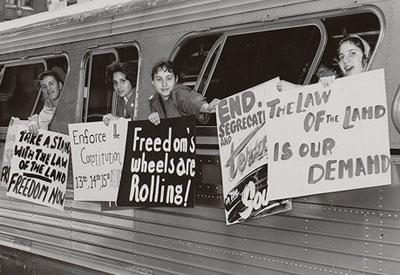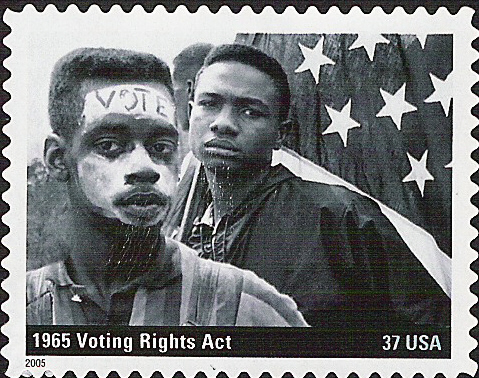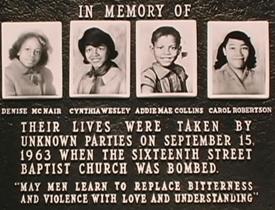CHRISTIAN DEMOCRACY
Hey guys, welcome to Christian Democracy: this is a collaborative timeline again. According to the Pew Research Center, "The Faith and Family Left combine strong support for activist government with conservative attitudes on many social issues." and based a Reddit post here (with some additions from mine), Faith and Family Left Americans in 2016 are:
Economic
- Pro environmental protection laws
- Pro clean energy
- Pro workers' rights
- Drastically increase education spending/subsidize k-12 inner city teachers to attract best candidates
- Pro socialized healthcare (including mental healthcare)
- Increase corporate income tax
- Raise income taxes on those making over $750k a year
- Anti welfare but pro workfare
- Pro affirmative action
- Pro-women's rights
- Enforce current immigration policy
- Legalize marijuana, decriminalize other drugs
- Harsher penalties for drunk driving
- Anti-abortion
- Against gay marriage
- Repeal Citizen's United
- Repeal Patriot Act
- Toughen gun registration
However, there are caveats for this TL: The Scoop Jackson hawks are also predominant as well. So basically, a George Wallace of NDCR, John McKeithen of NSS, or what Scoop Jackson, Reubin Askew, and Jimmy Carter were IOTL.
So the goal of this TL is to have this set of beliefs be predominant in the US and abroad.
P.S. No assassinations or in-term deaths of Presidents are allowed.
And so, we start...
June 3, 1958: George Wallace wins the Alabama Democratic Primary supported by the NAACP and Jim Folsom, whose endorsement of George Wallace tips 20,000 votes into Wallace's column for him to win the primary.
June 3, 1959: An assassination attempt against George Wallace by KKK members fails. As a result, George Wallace moves further to the left on racial issues.

July 11-15, 1960: The Democrats nominate Hubert Humphrey as their nominee, who had won the Wisconsin Primary the West Virginia by the narrowest of margins. In the convention, Wallace throws his support for Symington, while Humphrey had more delegates. In the end, Humphrey agrees to let Symington become his VP pick in exchange for Humphrey winning the nomination. Some Southern Democrats bolt the Democratic Party and reestablish the Dixiecrat Party, led by Harry Byrd as Presidential nominee and Strom Thurmond as Vice Presidential nominee.
November 8, 1960: The Humphrey/Symington wins with 281 votes, sweeping the South except Louisiana, Mississippi, Alabama (which narrowly votes for the Dixiecrats by 0.1%, Wallace's machine notwithstanding), and South Carolina.
Downballot results:
Change: J. Caleb Boggs (R) loses in Delaware. Democrats are +1 ITTL from IOTL.
SENATE
65/100 Democratic
35/100 Republican
HOUSE (SAME)
262/435 Democratic
175/435 Republican
January 20, 1961: Hubert Humphrey is inaugurated as President of the United States.
-----------------
The intro was inspired by "The Camellia Blooms", a discontinued TL. I will have George Wallace (non-racist) play a major role in the future.
Last edited:





